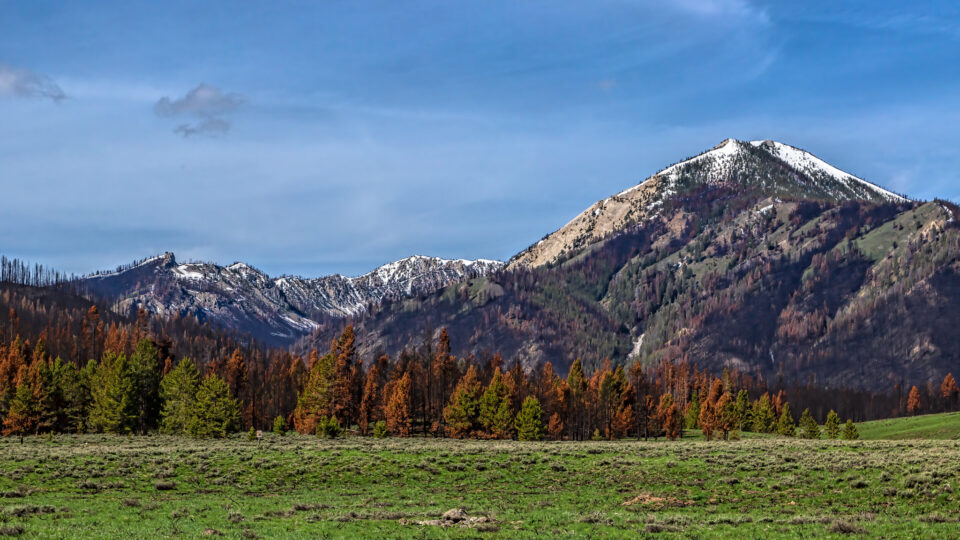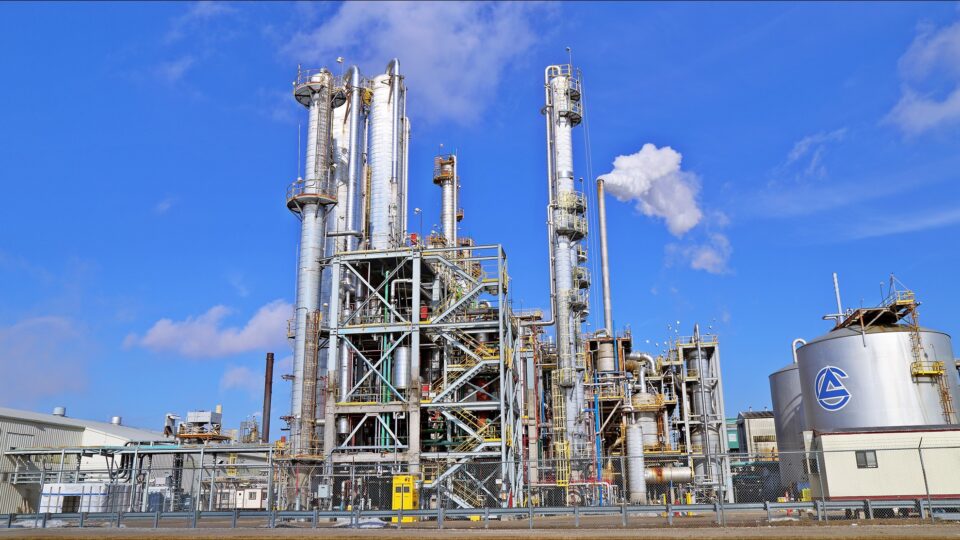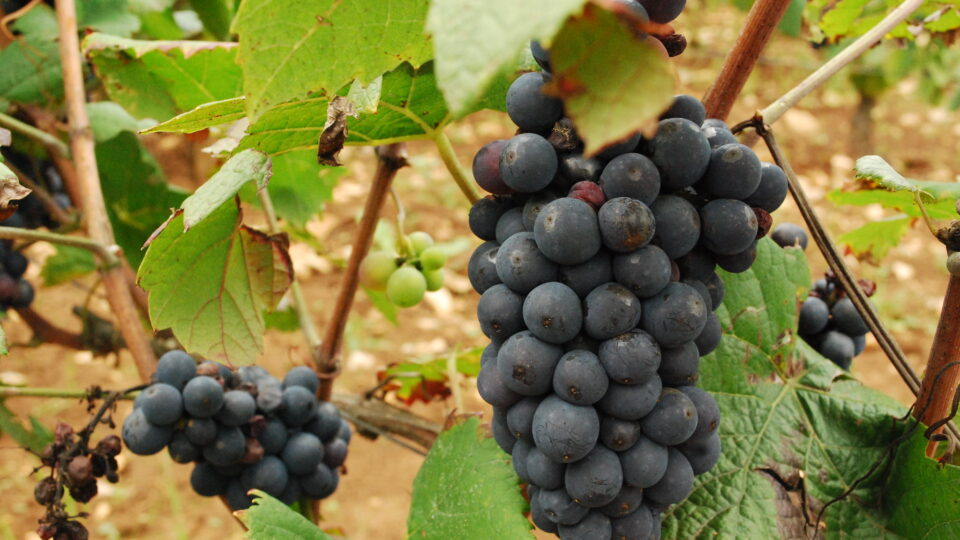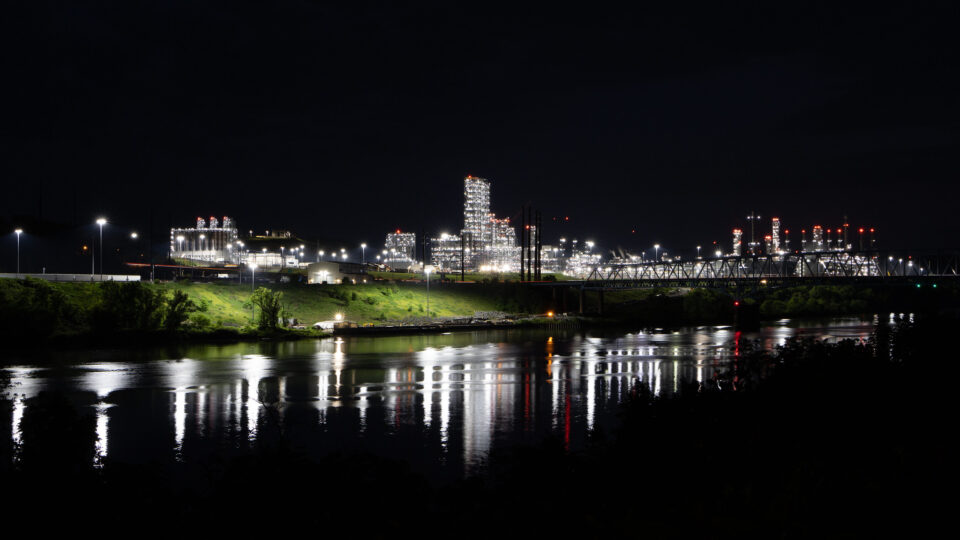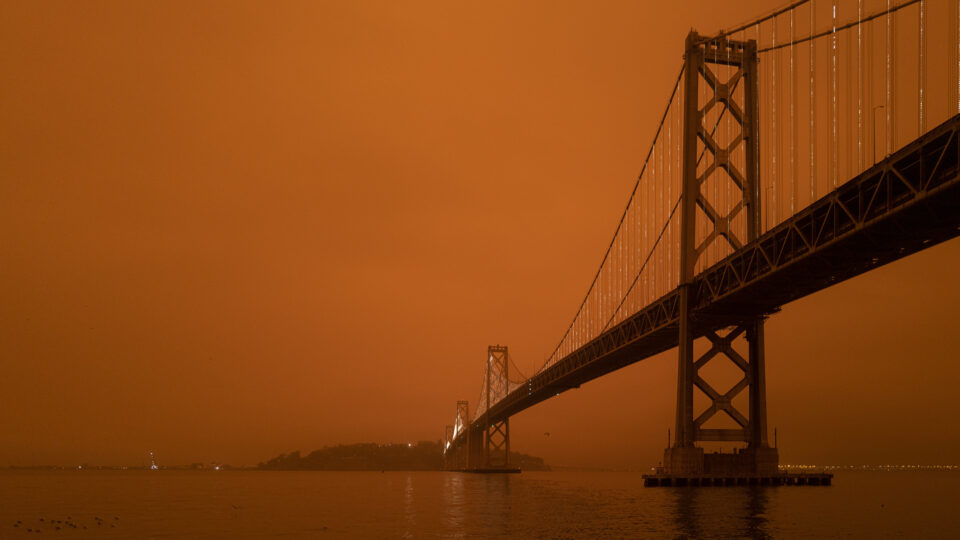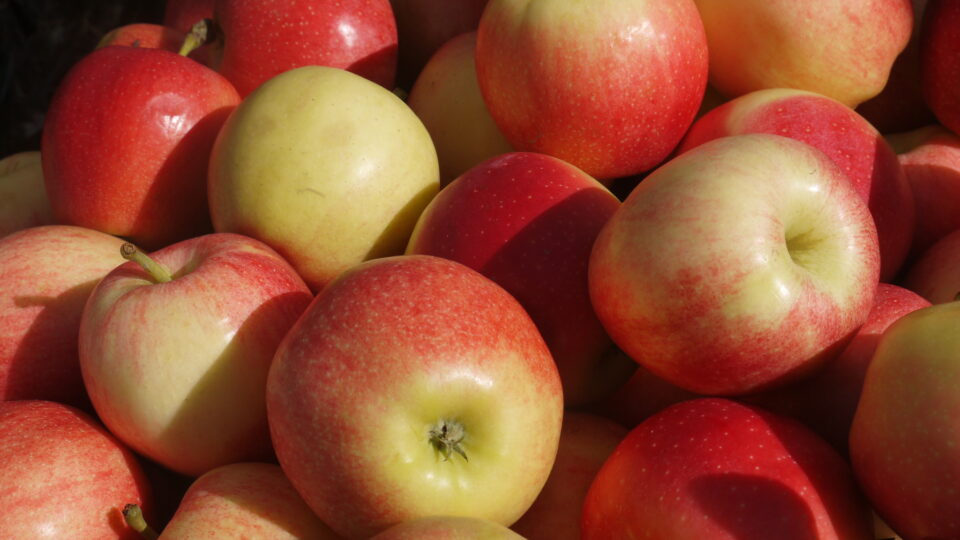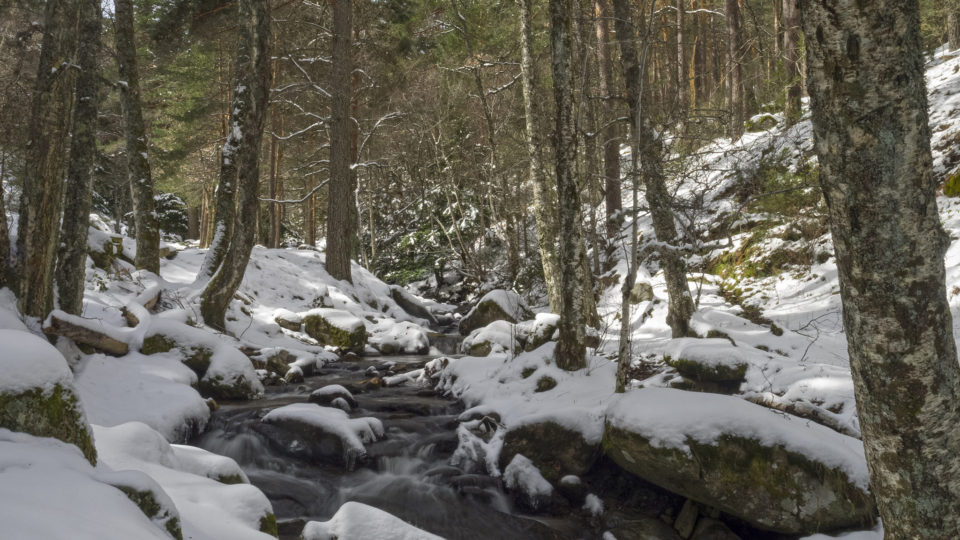In recent years, climate advocates have pushed for the use of more dramatic language to describe ‘climate change.’ The notion was that phrases like ‘climate crisis’ and ‘climate emergency’ better convey the urgency of the planet’s plight, while terms like ‘climate change’ and ‘global warming’ are too gentle and vague. However, it turns out that the gentler approach may actually be more effective.
According to a new study led by researchers from the University of Southern California, the terms ‘climate change’ and ‘global warming’ are not only more familiar to people than some of their common synonyms, but they also generate more concern about the warming of the Earth.
In the study, which was recently published in the journal Climatic Change, the research team found that nearly 90% of respondents were familiar with the terms ‘climate change’ and ‘global warming.’ However, familiarity dropped sharply for the other terms, including ‘climate crisis’ and ‘climate emergency.’ In fact, only 33% of respondents recognized the term ‘climate justice.’
The study, which surveyed more than 5,000 randomly selected U.S. residents, examined the degree to which each term generated concern, urgency, willingness to support climate-friendly policies, and willingness to eat less red meat.
The research team found that the terms ‘climate change’ and ‘global warming’ were most concerning and most urgent. ‘Climate justice’ was the least, with ‘climate crisis’ and ‘climate emergency’ falling in between. The support for climate policy and willingness to eat less red meat was roughly the same, regardless of what terms were used.
The research team hopes its findings will help us communicate more effectively about climate change in the future.
**********
Web Links
Just Say “Climate Change” – not “Climate Emergency”
Photo, posted July 1, 2023, courtesy of Sheila Sund via Flickr.
Earth Wise is a production of WAMC Northeast Public Radio
